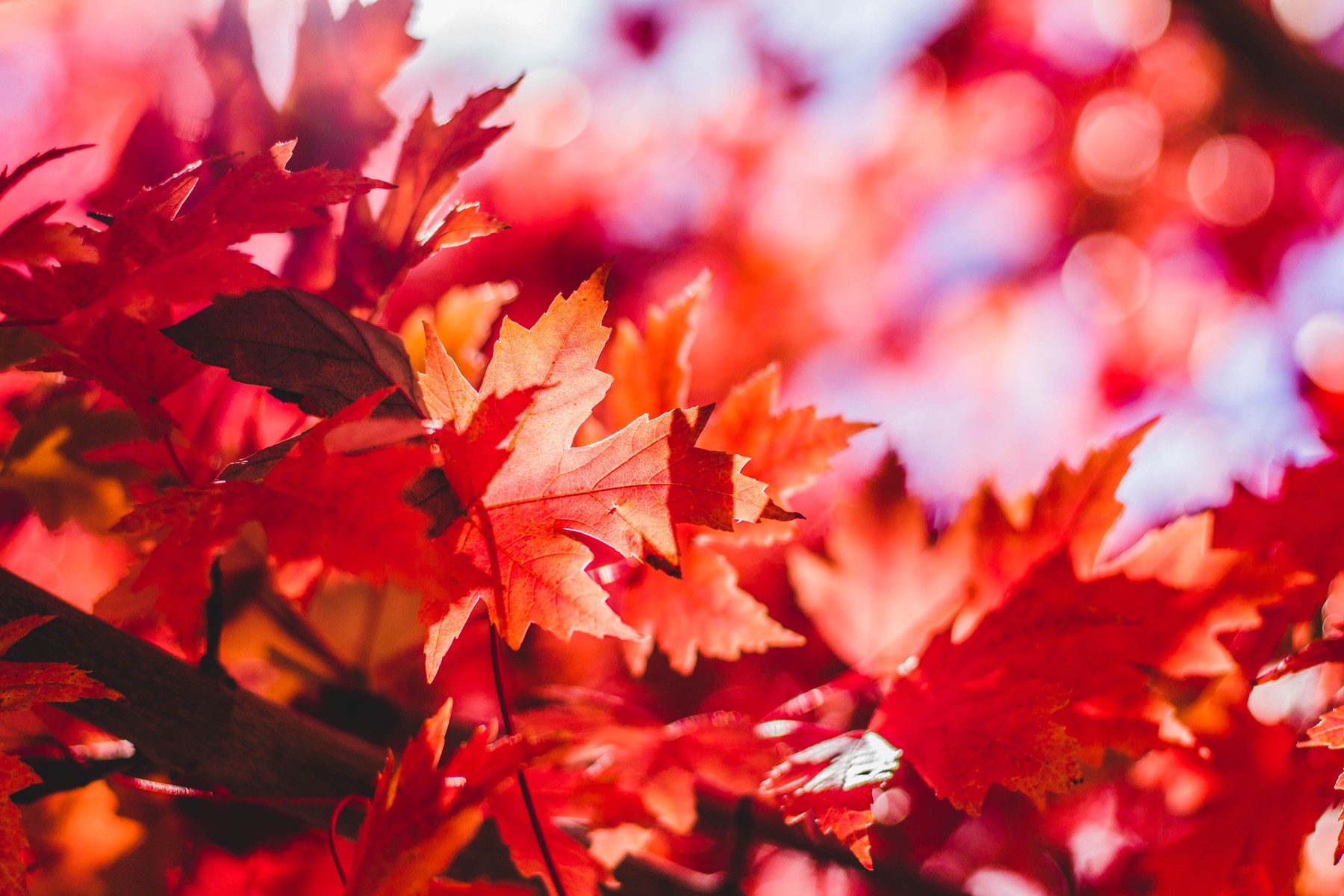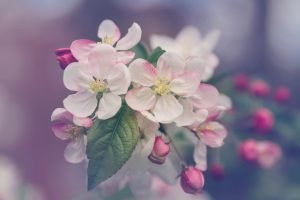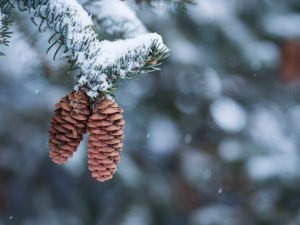
Oakville has a new way to keep track of tree planting efforts thanks to the new PLANT program found on the Town's website. Oakville residents, Forestry staff and environmental groups like Oakvillegreen Conservation Association can now add any new trees they plant to the tree counter on PLANT (Please Let’s Add New Trees).
PLANT automatically updates the number of trees planted since May 2018 and display the planting locations. It also provides information on native species, tree planting and care and the Oakville Backyard Tree Planting Program.

Mayor Rob Burton and Ward 6 Councillor, Tom Adams added the first trees to PLANT last Friday in celebration of Arbor Week. They planted three sugar maples at Town Hall. These three trees are a great start. There is much work to do to achieve the town’s goal of a 40 per cent canopy cover.
Currently, the town’s canopy cover is around 28 per cent (based on a 2016 i-Tree report). The canopy continues to be threatened by invasive pests, including gypsy moths and the Emerald Ash Borer. Before the Emerald Ash Borer reached Oakville, almost 10 per cent of Oakville’s urban forest was ash. Almost all 176,000 ash trees are expected to be lost to EAB, so continuing to replant with a diversity of new trees is especially important in the wake of this destruction.
Town continues ash tree removal from EAB infested woodlands - Jan 2/17
The town is doing its part. Forestry expects to plant 48,000 trees this year along streets, in parks and woodlands. However, studies on Oakville’s urban forest show that about 60 per cent of Oakville’s ‘plantable space’ (space suitable for planting trees) is on private property.
Every resident and landowner has an important role to play in building the canopy. Residential land accounts for 40 per cent of the town’s plantable space. This land often offers better growing conditions. Planting on residential land and other private property is essential to achieve the town’s canopy goal.
Oakville Backyard Tree Planting Program

The new Oakville Backyard Tree Planting Program was launched to address this need for private property planting. The program provides property owners with native trees along with planting advice for a subsidized cost.
The program launched last fall. It is being delivered through a partnership between Oakvillegreen Conservation Association and LEAF (Local Enhancement and Appreciation of Forests), with funding from the Ontario Trillium Foundation and the Town of Oakville.
Program details
- Certified arborist yard consultation about appropriate species and planting locations
- Delivery and planting service for 5 to 8 foot tall native tree(s)
- Subsidized price of $150 to $250 per tree
- Do-It-Yourself option for those who wish to plant the tree(s) themselves
This program focuses on planting the right tree in the right place. It encourages proper care to grow a healthy urban forest.
Healthy urban forest benefits
- Pollution reduction
- Energy conservation
- Climate change mitigation
- Improved human health
- Enhanced native biodiversity
With more residents planting new trees through the Oakville Backyard Tree Planting Program, the town’s PLANT initiative couldn’t have come at a better time. Now, program participants can add their new trees to the PLANT tree counter, knowing they’re doing their part to contribute to the town’s urban forest. These two initiatives will work hand in hand. They provide every citizen of Oakville with the encouragement and resources to get growing! Visit the
PLANT Information
Oakville Backyard Tree Planting Program Information